By Dr. Qazi Arif
You probably started reading this article with a mind that I will be writing about how to control blood sugar? or diet in diabetes or how to prevent its kidney and heart complications? but its something about foot care which we usually neglect.
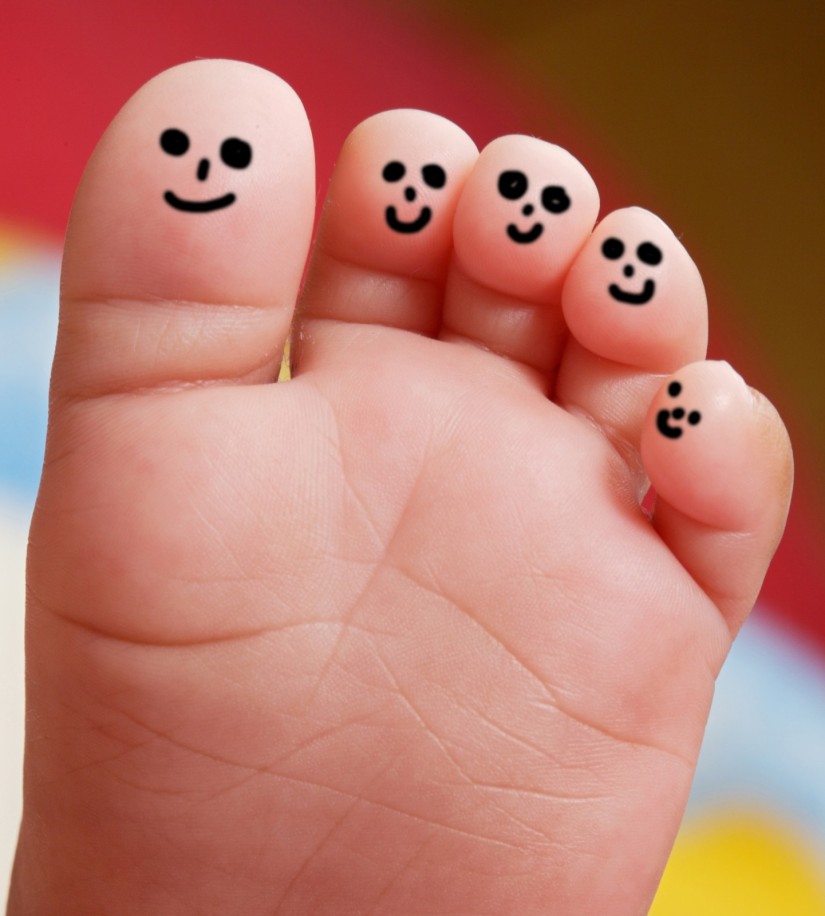
Diabetes affects almost every area of your health, and constant monitoring is required to prevent any complications. Foot care is crucial aspect as it is one of the common problem requiring the patient to seek health care.
How diabetes affects your feet?
There are 2 important ways in which diabetes can affect your feet
1. Through blood vessels
2. Through nerves.
Diabetes causes blood vessels (arteries) to become narrow resulting in decreased blood supply and therefore healing is impaired.
When it affects nerves then singling to brain is hampered. Pain, heat, cold and vibration sensation are reduced. Loss of some feeling in your feet is common symptom and you cannot appreciate minor cuts and injuries there.
So combination of both causes minor injury to go unnoticed and poor healing of that area. Minor injury can be in the form of injury from ill fitting footwares or stepping on a small stone.
In addition to above diabetic patients are more prone to infections also thus adding to the problem. Some times it may turn into a life threatening problem.
The risk increses if
1. you are male.
2. You are older in age.
3. You have Diabetes for long time.
4. Poorly controlled diabetes.
5. You have any complication of diabetes like heart, kidney or eye problems.
6. You Smoke.
7. Less phycially activity.
8. High cholesterol.
9. High blood pressure.
10. Overweight or obese.
11. You have had a foot ulcer in the past.
12. Your feet are more prone to minor cuts, grazes, corns or calluses.
Sometimes If a wound is not felt right away, it can go unnoticed, and an infection can become so serious that amputation becomes necessary.
Foot Complications from diabetes includes
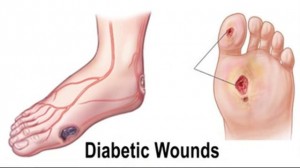
1.Charcot foot
Minor trauma causes the frmacture of the weak bone which in turn increases load on adjacent bones thus causes charcot foot. It usually presents as a hot swollen foot after minor trauma.
2. Fungal infection of skin and nails
As diabetics have low immunity fungal infections are not unusual for them.
3. Calluses
Calluses are thickened, hard areas of skin that is formed due to incresed pressure over bony prominence. It can also develop when footwares are too tight.
It can become potential site of ulcer formation.
4. Skin changes in diabetes
Diabetic patient are prone for skin discoloration, nail changes unusual lumps and others abnormalities.
5. Diabetic Foot Ulcers
Since decreased sensation over foot and poor healing due to decreased blood supply diabetics have more chances to have foot injury/ulcer with infection on it, causes a serious problem for both patient and doctor.
6. Gangrene of toes
You must be knowing that diabetes causes gangrene i.e. dead, black tissue. Most cases of gangrene result from delayed treatment of foot injuries.
7. Amputation
Following gangrene amputation is needed in some cases and diabetics are at high risk to undergo for chopping off the toe. But, fortunately most amputations are preventable with regular care and proper footwear.
Considering all above problems it is wise to take care of your foot so that any abnormality can be detected early and treated respectively.
When to seek advice from your doctor?
If you have
1. Any colour change of skin or swelling
2. Injury or ulcer in the skin
corns or calluses,
3. Pain or numbness,
4. If you cannot moniter by your self due to some other problems because of reduced mobility
5. Changes in skin temperature
6. Ingrown toenails or toenails infected with fungus
7. Unusual foot odor etc.
It is better not to neglect small problems because even ordinary problems can get worse and lead to serious.
What precautions you should take?

1.Wear well-fitting and comfortable footwear
check footwear regulay specially for areas that will cause friction and cause injury
Wear specialist footwear if possible.
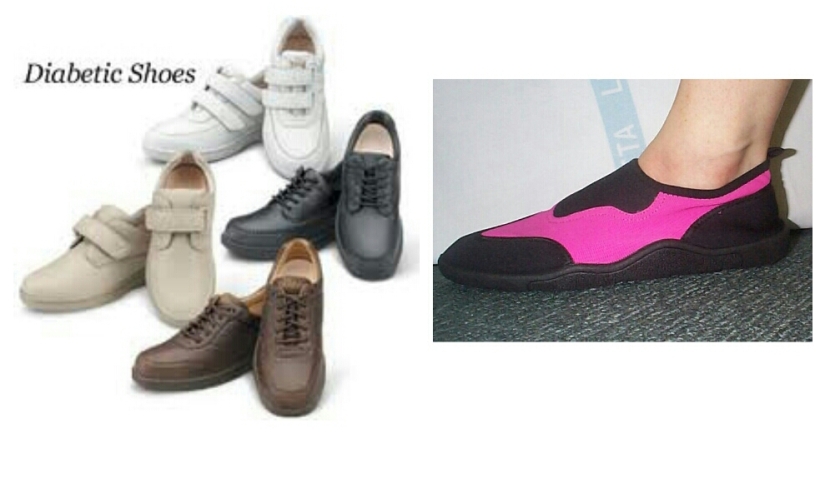
Choose footware having broad fronts so that there should be room for the toes. Low heels to be used to avoid pressure on the toes.
Have good laces, buckles or Velcro fastening to prevent friction.
Avoid open-toed shoes and narrow toes.
Always wear socks with shoes or other footwear. Make sure your socks are not too tight around the ankle, as they may affect your blood circulation.
Always feel inside footwear before you put footwear on to check for stones, pins or other sharp objects.
2. Look carefully at your feet each day, including between the toes. If you cannot do this yourself, ask help from others to do it for you
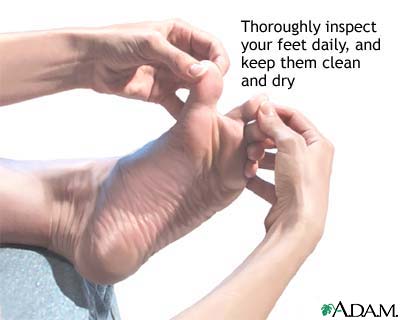
3. Wash your feet and dry it carefully especially between the toes. Area between your toes should never be kept moist.

4. Take proper nail care. Cut only front part of your nail follow the shape of your toe. Cut them when they are soft, usually after bathing. But, do not cut down the sides of the nails, or cut them too short.
Dont use very sharp cutter or scissor instead use a nail cutter with protecter. If you cannot see properly do not try to cut your nails, you should ask someone else to do it. Skin should never be cut.
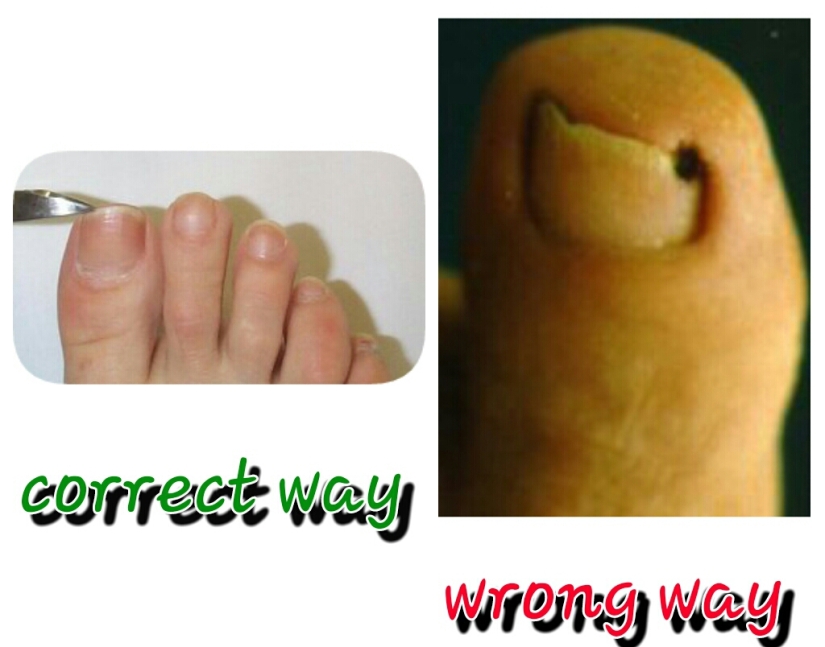
5. Do not walk barefoot even at home.
6. check bath water temperatures before using it. Either call for help or use your hand. Dont directly pour water on your feet.
7. Avoid hot water bottles, electric blankets and sitting too close to fires. Protect your feet from hot and cold.
8. Do regular screening to assess their risk of developing a foot ulcer. Annual check up by health care proffesional is encouraged.

Note that even if healed, diabetic foot should be regarded as a lifelong condition and treated accordingly to prevent recurrence.
9. Do not try to deal with corns, calluses or other foot problems by yourself. They should be treated by a health professionals only.
10. Do exercise. Be more active . Walk some distance daily will help keep the blood flowing around your body. Consult your doctor prior to beginning any exercise programme.
11. Keep the blood flowing to your feet.
Put your feet up when sitting.
Wiggle your toes and move your ankles up and down for 5 minutes, two (2) or three (3) times a day.
Don’t cross your legs for long periods of time.
12. Apply moisturising cream on your feet daily but area between toes should be kept dry.
As normal sweat secretion and oil production that lubricates the skin of the foot is impaired.
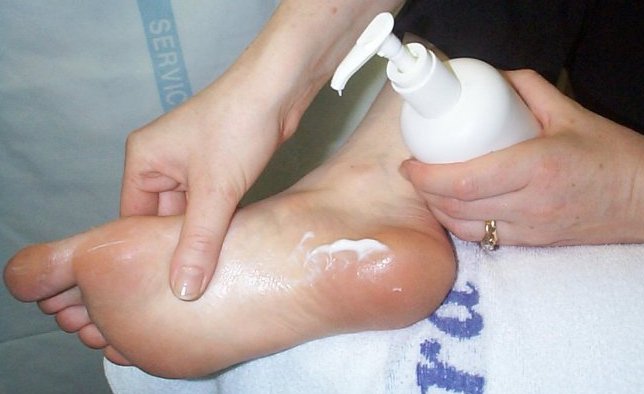
13. If you smoke, stop. Smoking can make blood flow problems worse by narrowing your blood vessels especially small blood vessels leading to poor circulation.
14. Keep your sugar level in control with the advice of your doctor.

Following a reasonable diet as adviced by your doctor.
Taking your medications regularly.
Checking your blood sugar regularly, exercising if its advuced by your physician.
Consistent long-term blood sugar control to near normal levels can greatly lower the risk of damage and complications.
15. Follow the advice of your health care provider regarding nutrition , exercise and medication. Keep your blood sugar level within the range recommended by your doctor.
All people with diabetes need to be proactive.
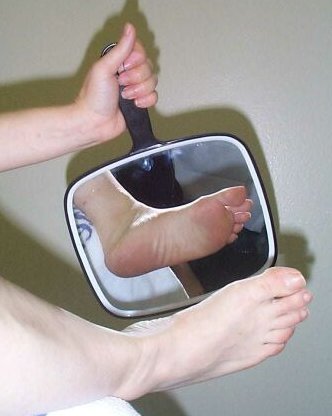
Early detection and proper management of foot problems can reduce complications, including preventable amputations and other complications.
Research has shown that people with diabetes who take good care of their feet and protect their feet from injury, are much less likely to develop foot complications.
So what are you waiting for? Get started now. Begin taking good care of your feet today. Set a time every day to check your feet.

Disclaimer: The topics in these pages including text, graphics, videos and other material contained are for informational purposes only and not to be substituted for professional medical advice. As the results may vary from patient to patient your doctor is best person to treat you.
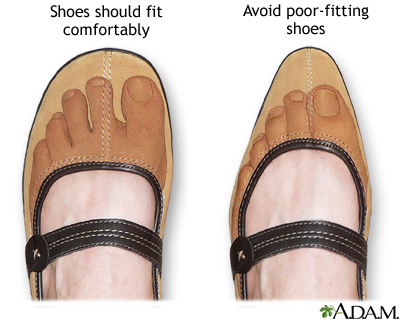
Dis article covers al de basics n really been a good article for information n knowledge purpose………
LikeLike
Thank you
Very few people think about taking foot care in diabetes and diabetic foot is most common problem to seek medical advice.
Keep reading cheers
LikeLike
Very well presented n compiled …extremely useful for patients as well as doctors… long way to go..bhai!!
LikeLike
Thank u
LikeLike
Nice article…. Diabetes is one of the most prevalent non communicable disease…. Need more article on it like this…good work Dr Arif.
LikeLike
VERY INFORMATIVE AND ENRICHING POST. THANK YOU FOR SHARING
LikeLike